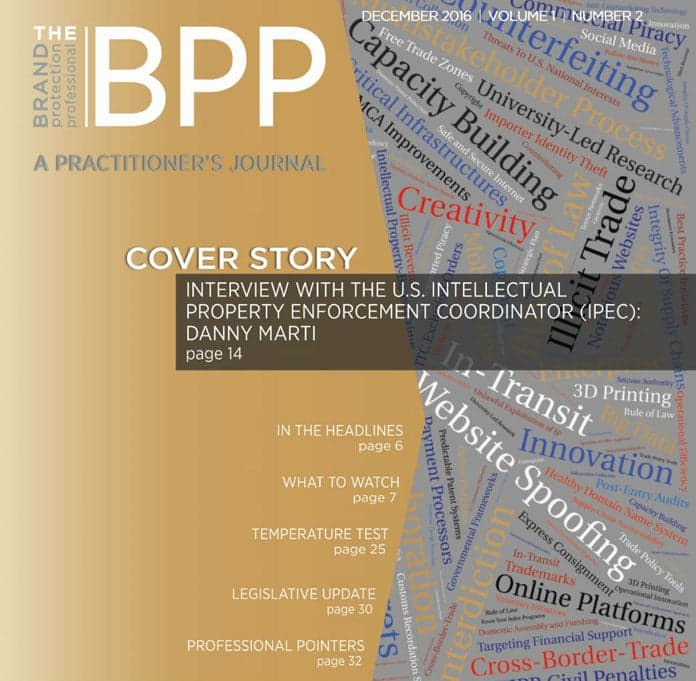This blog post is written by Cameron Levis
Over the past few centuries, the globalization of business and commerce has been happening rapidly. But in the past few years, and especially in 2020, the narrative is far different. With increasingly isolationist policies from the government of the United States, falling trust between the U.S. and other nations, and the coronavirus pandemic, 2020 has been a year in which globalization has decelerated for the first time in decades. It has been a year in which the international business environment is a more complex and tiresome world to explore than at any time in recent history.









